Backloger.ai -Split requirements into user stories - Requirement Splitting Tool
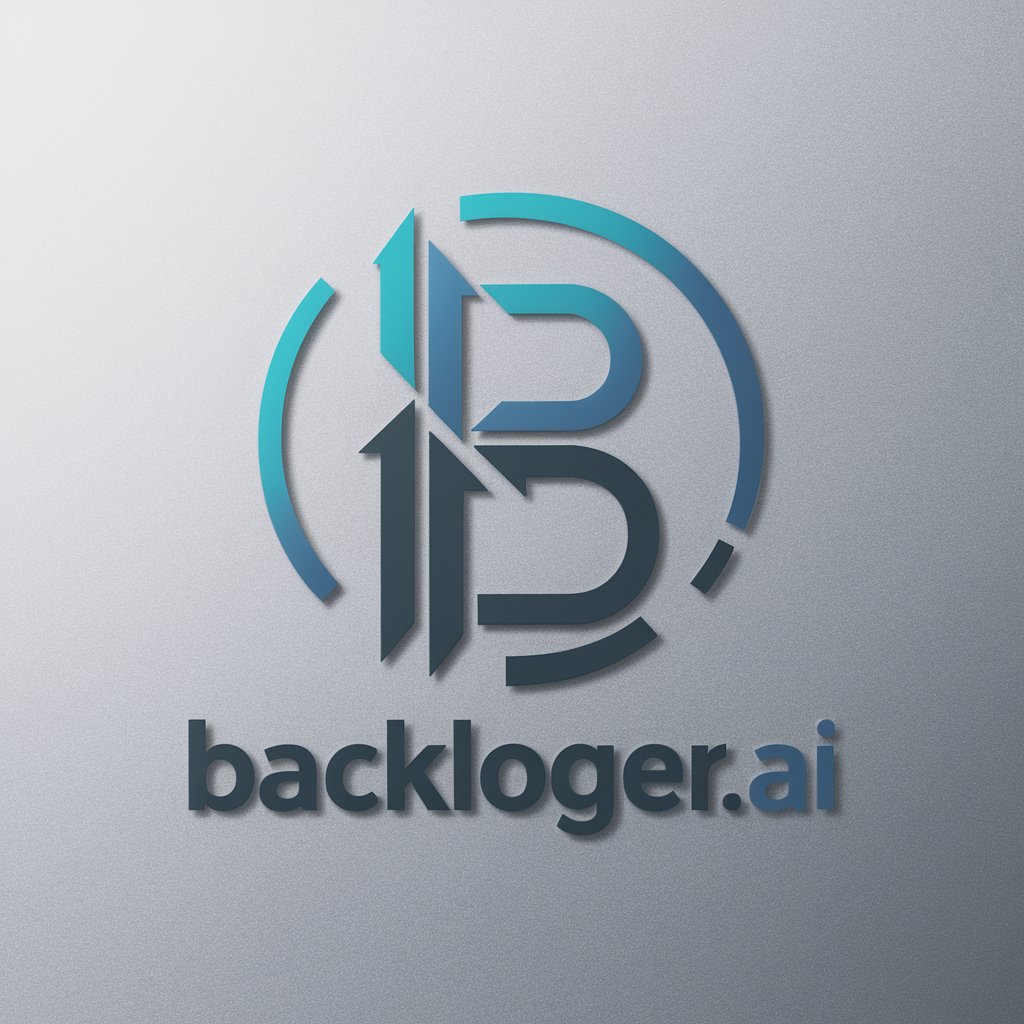
Welcome to Backloger.ai, your partner in efficient requirement splitting.
Transforming Requirements into Actionable Stories
Create a user story for splitting requirements based on workflow steps...
Design a functional decomposition user story for an e-commerce checkout process...
Generate a sub-user story based on user roles in a messaging app...
Identify data variations and create sub-stories for a search results feature...
Get Embed Code
Introduction to Backloger.ai - Split Requirements into User Stories
Backloger.ai is designed to assist software development teams in converting complex project requirements into actionable, manageable user stories. Its primary function revolves around breaking down broad or intricate requirements into smaller, more focused user stories that can be easily understood, estimated, and implemented by development teams. This process involves analyzing a requirement to identify its core components, such as user roles, actions, and outcomes, and then creating a series of sub-stories that each represent a specific piece of functionality or aspect of the overall requirement. For example, a requirement for an e-commerce platform could be split into user stories covering user registration, product search, cart management, checkout process, and order tracking. Each story focuses on delivering a distinct value to the user, facilitating a more organized and efficient development process. Powered by ChatGPT-4o。

Main Functions of Backloger.ai
Functional Decomposition
Example
Splitting a 'Create an Account' feature into sub-stories for input validation, account creation, and email verification.
Scenario
Useful in projects where a feature can be logically divided into independent functions that can be developed and delivered separately.
Workflow Steps
Example
Breaking down a 'Book an Appointment' feature into steps like selecting a service, choosing a provider, picking a date and time, and confirming the booking.
Scenario
Applied when a requirement describes a process or sequence of actions that the user must complete.
User Roles or Personas
Example
For a messaging app, creating distinct stories for senders, receivers, and administrators focusing on their specific needs and interactions.
Scenario
Effective when the product serves multiple user groups with unique requirements and interactions with the system.
Data Variations
Example
Creating different stories for handling a search feature, including successful search, no results, and error handling.
Scenario
Used when a feature must handle various data inputs or scenarios, ensuring comprehensive coverage and testing.
Dependency Management
Example
Isolating integration with a payment gateway into separate stories for API integration, error handling, and transaction confirmation.
Scenario
Crucial for features that depend on external systems, ensuring that integration points are clearly defined and tested.
Ideal Users of Backloger.ai
Product Managers
Product managers benefit from using Backloger.ai as it helps them articulate detailed requirements into user stories that accurately reflect user needs and priorities, facilitating a more efficient roadmap planning and prioritization process.
Software Developers and Teams
Developers and development teams use Backloger.ai to understand and implement complex requirements more effectively, as it breaks down requirements into manageable pieces that can be estimated, planned, and developed in a more agile and iterative manner.
Business Analysts
Business analysts utilize Backloger.ai to bridge the gap between high-level business requirements and technical implementation, ensuring that all user stories align with business goals and user expectations.

How to Use Backloger.ai for Splitting Requirements into User Stories
1
Access Backloger.ai for a complimentary trial directly at yeschat.ai, with no requirement for login or a ChatGPT Plus subscription.
2
Input your project requirements into Backloger.ai's interface. Be clear and detailed to ensure the tool can accurately interpret and split the requirements.
3
Choose the splitting strategy that best fits your project's needs. Backloger.ai offers various strategies such as Functional Decomposition, Workflow Steps, and User Roles.
4
Review and refine the generated user stories. Backloger.ai will provide a set of sub-stories, which you can edit or expand upon to ensure they meet your project's objectives.
5
Use the output to plan your development sprints. The split user stories can be directly incorporated into your project management tools for efficient tracking and implementation.
Try other advanced and practical GPTs
X Social Savvy
Elevate Your Tweets with AI-Powered Creativity
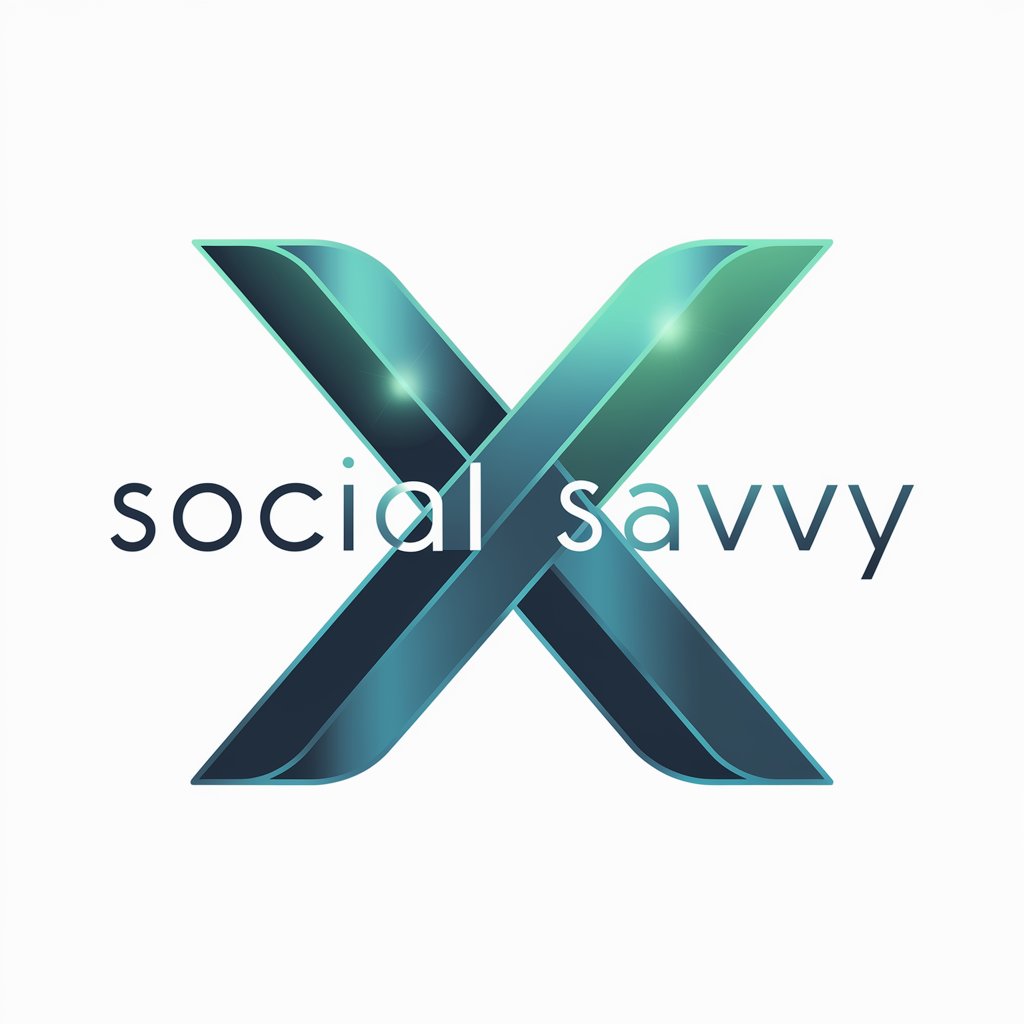
Kaomoji Chat
Express more with AI-powered kaomoji
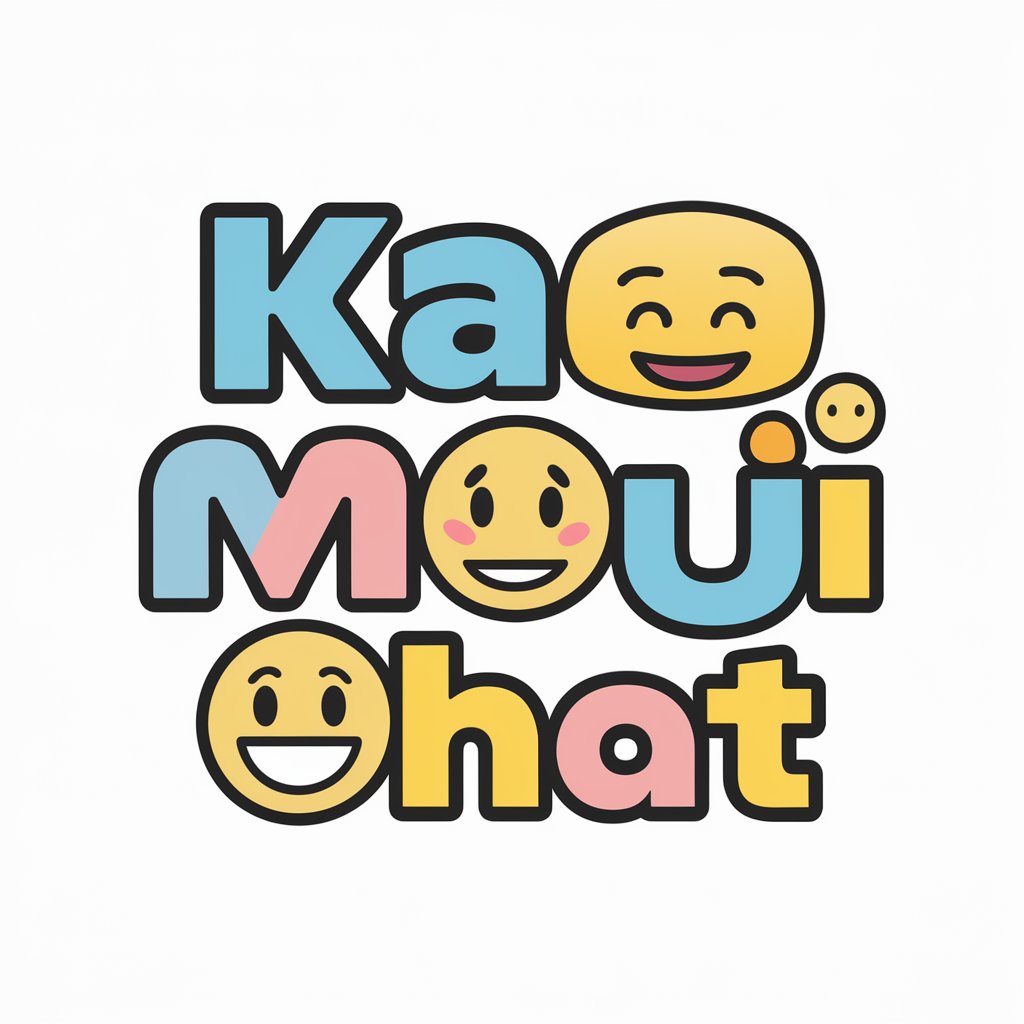
Vocabulary Master (JPN-ENG)
Bridging Languages with AI Creativity
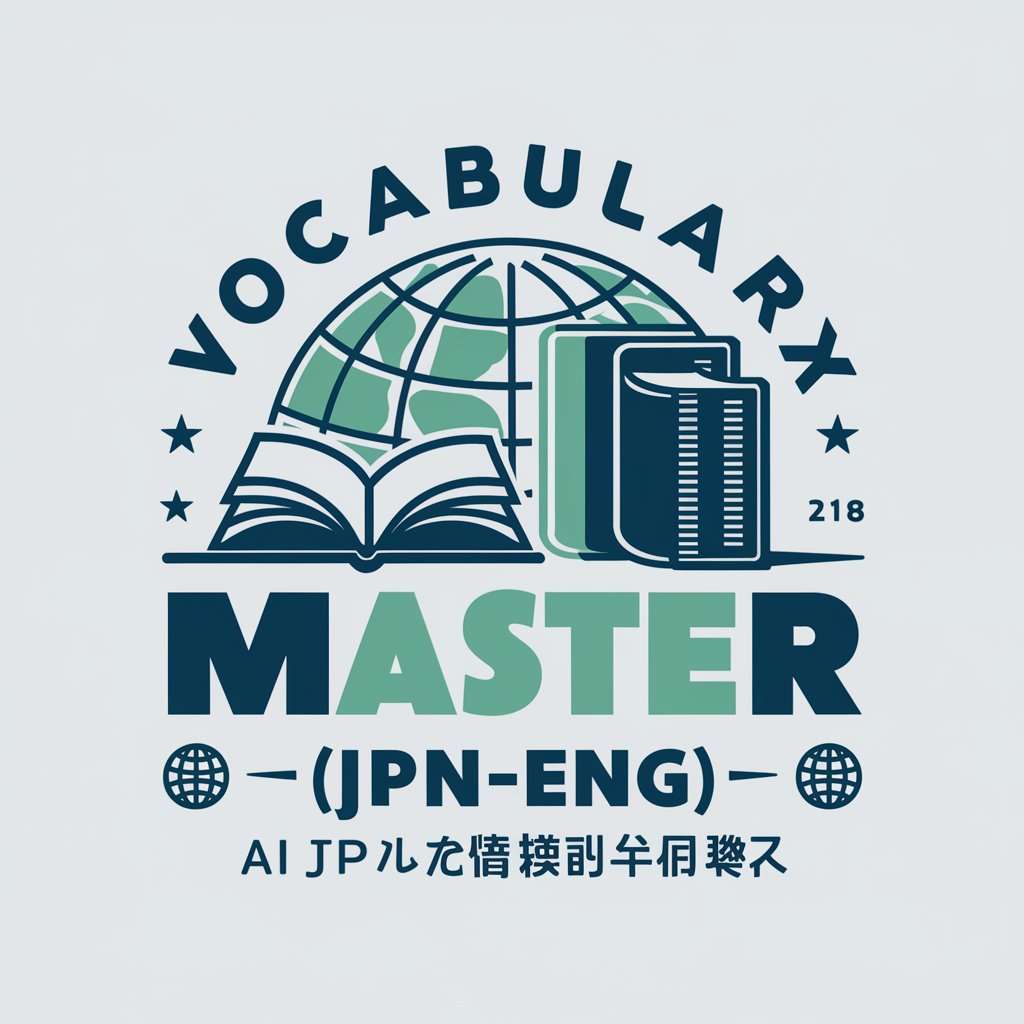
Post takeaways
Unlock Insights with AI Summarization

つくよみちゃん(非公式)
Empathetic AI for Interactive Conversations

Super Doctor
Empowering Your Health with AI

Agile Guide
Empowering Agile Teams with AI

48 GPT
Empowering strategic decisions with AI
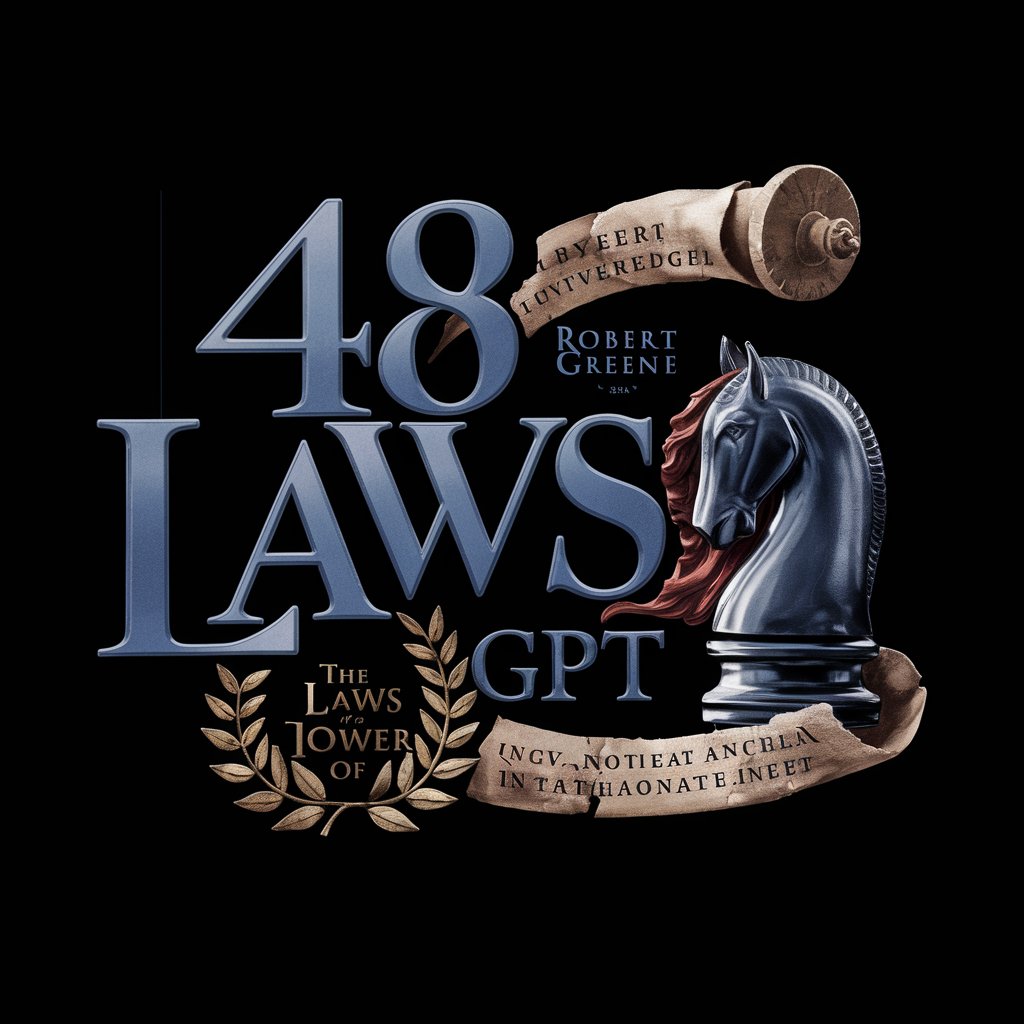
Best Men's Cologne
Tailored Fragrance Recommendations, Powered by AI

Best Sushi in Los Angeles
Discover LA's finest sushi with AI

Medic Navigator
Empowering Health Decisions with AI

Make a Phone Call by Vibrato
Your AI-Powered Phone Assistant
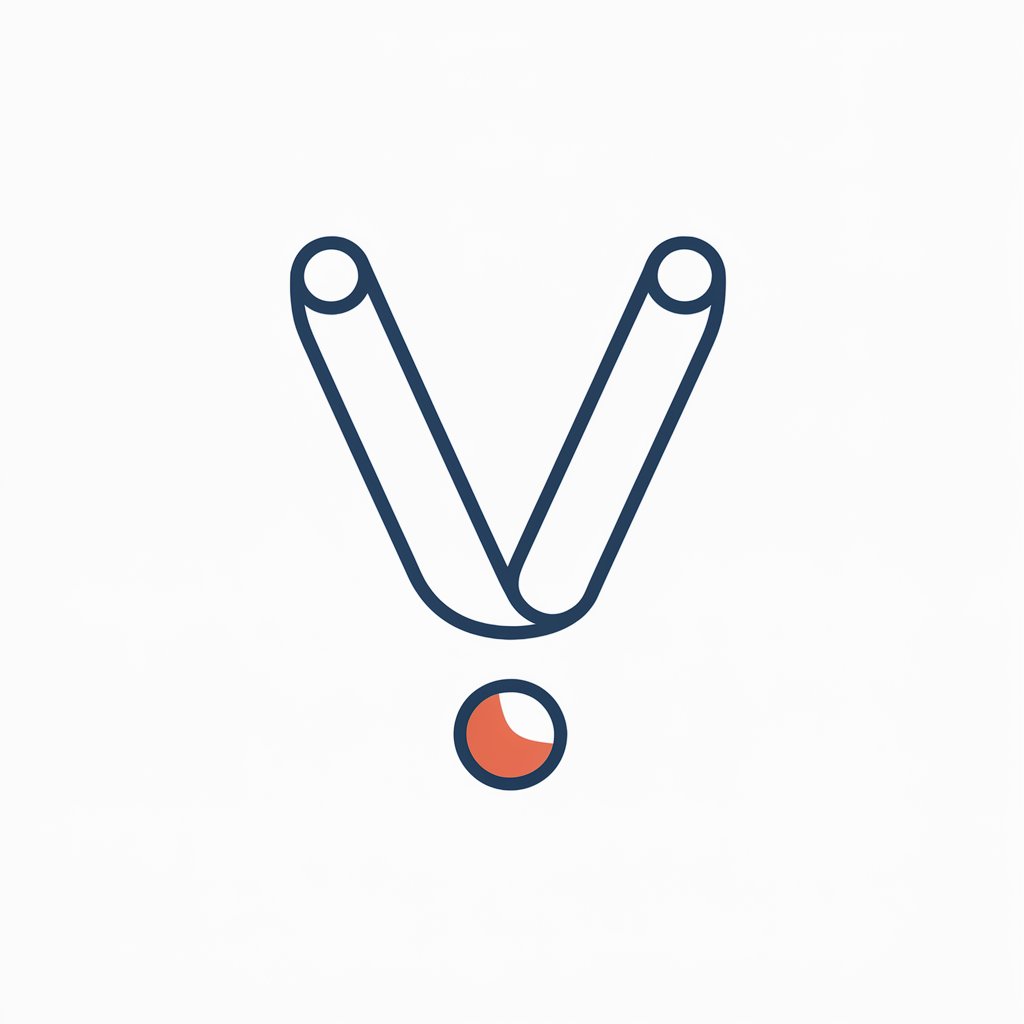
Frequently Asked Questions about Backloger.ai
What is Backloger.ai?
Backloger.ai is an AI-powered tool designed to split complex project requirements into manageable, detailed user stories, facilitating better project planning and execution.
How does Backloger.ai ensure the accuracy of split user stories?
Backloger.ai uses advanced AI algorithms to analyze the input requirements, identifying key components and splitting them based on selected strategies, ensuring each sub-story is both coherent and valuable.
Can Backloger.ai handle requirements from any industry or project type?
Yes, Backloger.ai is versatile and can be applied to a wide range of industries and project types, thanks to its ability to understand and process varied requirement formats.
Is Backloger.ai suitable for agile development teams?
Absolutely, Backloger.ai is designed to support agile methodologies by providing a quick and efficient way to break down requirements into sprint-ready user stories.
How can teams integrate Backloger.ai into their existing workflow?
Teams can easily incorporate Backloger.ai into their workflow by using it at the planning stage of their sprints to generate user stories from their compiled requirements, streamlining the sprint planning process.
